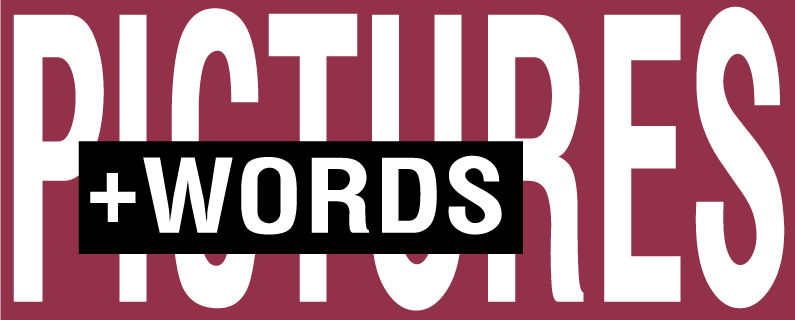Pictures and Words

A few years ago, everyone was talking about visual content. As internet speeds improved, most consumers could view even large images easily. Suddenly, everyone was adding images to websites, blog posts and social media updates. Even industries which don’t lend themselves easily to visuals have found creative ways to find some visual content to connect to their written content.
Blog rolls have been reconfigured to feature large, wide images. Every social media platform has been expanded to showcase the big images and new visual platforms have emerged as well.
With all this emphasis on pictures, you would think you could dial back on your words, but that is not the case. Words are more important then ever.
In a sea of images of cats and flowers, funnels and pie charts, what makes someone stop and look at your picture? Words! Clever headlines, interesting captions or a short text blurb which can be read at a glance.
Add words to your pictures
While the breaking light bulb is eye catching, the interesting text treatment explains why you should read the article to which is refers.
Pictures don’t always tell the story
Compare that image to the one below. The cash and cocaine is not exactly the kind of image you expect to see in a business blog post or on LinkedIn. It got noticed and we had a lot of conversation on the original post about what I referred to as “cocaine marketing”.
Unfortunately, on LinkedIn, when an image is shared and reshared, the original text does not accompany the picture. That created an issue because I used the large image to capture attention, and then added a text link to the article. When people liked the article and reshared it, all their community saw was the image below.

Without the text, the picture didn’t tell the right story. People didn’t know if they were clicking on an article about cocaine trafficing or how to make money selling cocaine. They would never guess it was actually about marketing, so I missed the chance to reach the right audience.
Ideally, every image should stand on its own, but most won’t. Readers may not be as confused as they were in the example above, but you have only a second or two to get someone’s attention and direct them where they need to go. In the cluttered world of content marketing every second counts so use the time well.
Leave room for text
If your image isn’t completely clear, help it along with a little text. This adorable photo of Pippin, (Jenna’s cat) and a pile of cash will have multiple uses, because the large dark area to the right can be used for text or headlines.

Don’t have a cat quite as cute as Pippin? Don’t worry, we are seeing more and more stock images lately which are designed with room for text. For example, this bubble is just waiting for your message. 
What if you don’t have a graphic designer on staff? You can still use words and pictures to create interest on your blog or on social media platforms. There are a few very simple photo editing software tools, like Pic Monkey which let you add text to your image. Or for a really easy solution, insert the photo into a slide in Powerpoint. Then add your text. Save the slide as a jpeg and you have a text and graphic image you can use on any social media platform.
Closing thoughts on words and pictures:
- If you create your own text and image combinations, keep them simple.
- Use just a few words and a very readable font with a link back to your content.
- Keep your focus on creating great content. It is nice if people like your photo but you really want them to come and read your blog post. Make sure you give them something worth reading when they arrive.
As you are working on your content, a planning calendar can help you keep it all straight. Download our free content calendar to plan your words and pictures.

